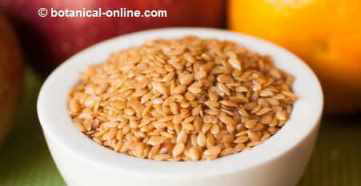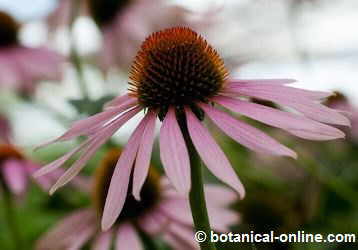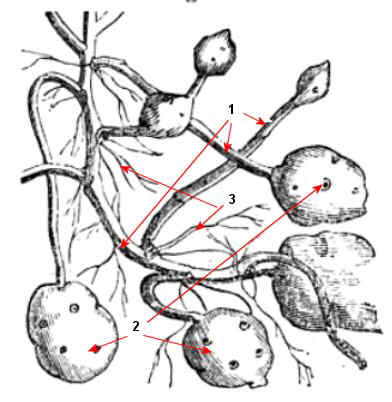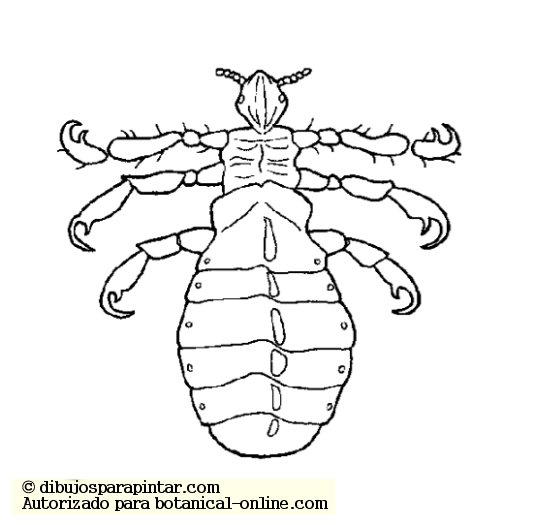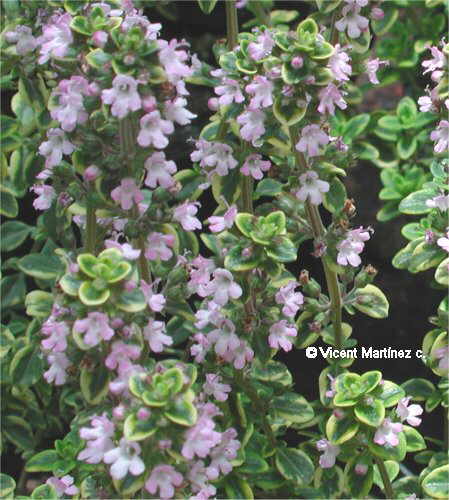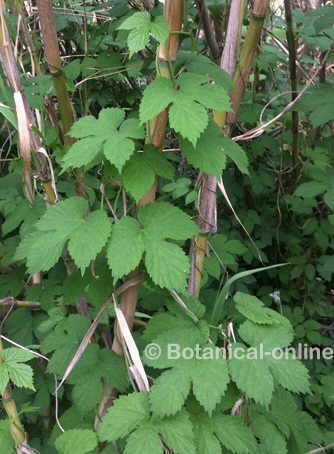Contents
- 1 Examples of biological control of pests
- 1.1 What is biological control?
- 1.2 Which are the biological control auxiliaries?
- 1.3 What types of pests are there?
- 1.4 Advantages of biological control over the use of phytosanitary products
- 1.5 Disadvantages of biological control
- 1.6 Examples of biological controls of pests
- 1.7 Living creatures to treat plant pests
Examples of biological control of pests
What is biological control?
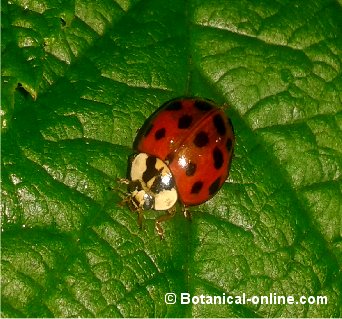
Biological control is an effective and ecological system to fight against organisms harmful to human beings, using other living beings, which tend to be their natural enemies, with the aim of preventing or reducing the damage they cause.
The living beings that are responsible for fighting the plague are called auxiliaries.
Which are the biological control auxiliaries?
To combat plant pests, as well as to fight against pathogenic microorganisms, a series of organisms, called auxiliaries, are used. among them we have:
- Predatory insects, especially
- Pathogenic bacteria
- Pathogenic protozoa
- Parasitic insects, or, more specifically, parasitoids
- Larger animals, such as fish and insectivorous birds or even, for example, crustaceans, are also auxiliary in the biological control.
- Plants can also be used as control organisms.
If a microorganism is used for this natural method of pest control, we talk about microbiological control.
What types of pests are there?
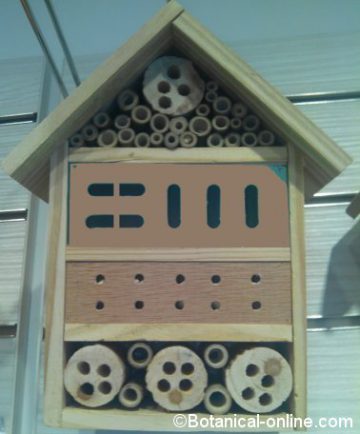
Harmful organisms can be herbivorous insects, blood-sucking insects, weeds, etc.
Parasitic insects can be either the eggs, the larvae or the nymphs of other insects. There are also fungi that attack insects, called entomopathogenic fungi, but these organisms are beneficial and are used to control insect pests.
*Related information: Most common pests in winter
Advantages of biological control over the use of phytosanitary products
This system is completely natural and in balance with the ecosystem, because we are taking advantage of the food chain itself for the benefit of man. It works without the use of chemical products or other toxic substances.
In the case of insects, sometimes a second release of the auxiliary organism is not necessary, when its acclimatization has taken place.
Disadvantages of biological control
In the first place, it must be taken into account that this method of control does not serve to eradicate a population of harmful insects or other pest, but only keeps it under control. Due to the balance of the species, the predatory species does not usually exterminate its prey for the sake of its survival. Parasites do not usually cause the death of all individuals or they too would eventually disappear.
It also has to be known that biological control, especially when insects are used, is sensitive to pesticides used in agriculture, because these chemicals negatively interfere in the populations of these living beings.
On many occasions, the auxiliary organism used to control the pest must be inoculated again in the field to do its job. So, we talk about biological flood control.
It is not uncommon for the same agent used as pest control to become a pest, as has happened, for example, with the Asian ladybug.
Examples of biological controls of pests
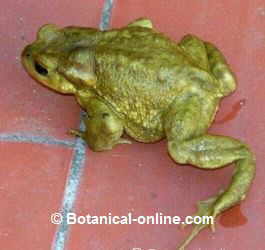
Among the animals used as biological control we have.
– Spiders, birds and hedgehogs to fight against a great variety of insects
– Ladybugs and parasitic wasps to fight the aphids.
– Hedgehogs are also used to fight against slugs.
– Bacillus thuringiensis bacteria can be used as a biological control against a wide variety of insects.
– Bacillus sphaericus , used for mosquito control.
– As a future project, it is intended to use the giant river shrimp, Macrobrachium rosenbergii, to combat the apple snail, which has invaded the mouth of the Ebro River.
Living creatures to treat plant pests
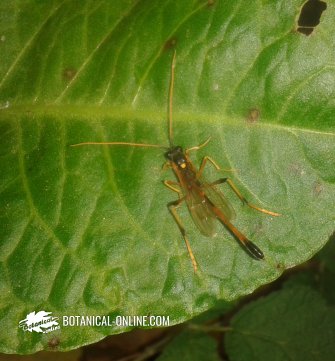
Thera are insects, bacteria, mammals or other living beings that are capable of devouring or eliminating other organisms that cause pests in plants. Among all of them we have, for example:
- Ladybird: Ladybugs eat aphids. Equally suitable for controlling insect pests are: hoverflies or sperm flies (Diptera) , mantids (Mantidae) Green lacewings (Chrysopidae), the earwigs (Dermaptera) etc.
- Bacillus thurigiensis: It is a bacterium that is used in the biological control of some insect pests. The toxins secreted by this bacterium damage the intestines of insects and cause their death.
There are different strains specially designed to attack certain insects, respecting others that may be beneficial.
It is considered ecological because it does not attack vertebrates and easily degrades after about 8 or 10 days due to the action of water and sunlight. It is purchased as a powder, with which, mixed with water, the affected plants are fumigated. - Hedgehog: It is a good friend of plants, since it eats mice or other rodents, insects, etc. that can be harmful to plants.
- Toad: Very useful as a predator of numerous organisms that attack plants (worms, slugs, etc.)
![]() More information on ecological treatment of plants pests and diseases
More information on ecological treatment of plants pests and diseases

